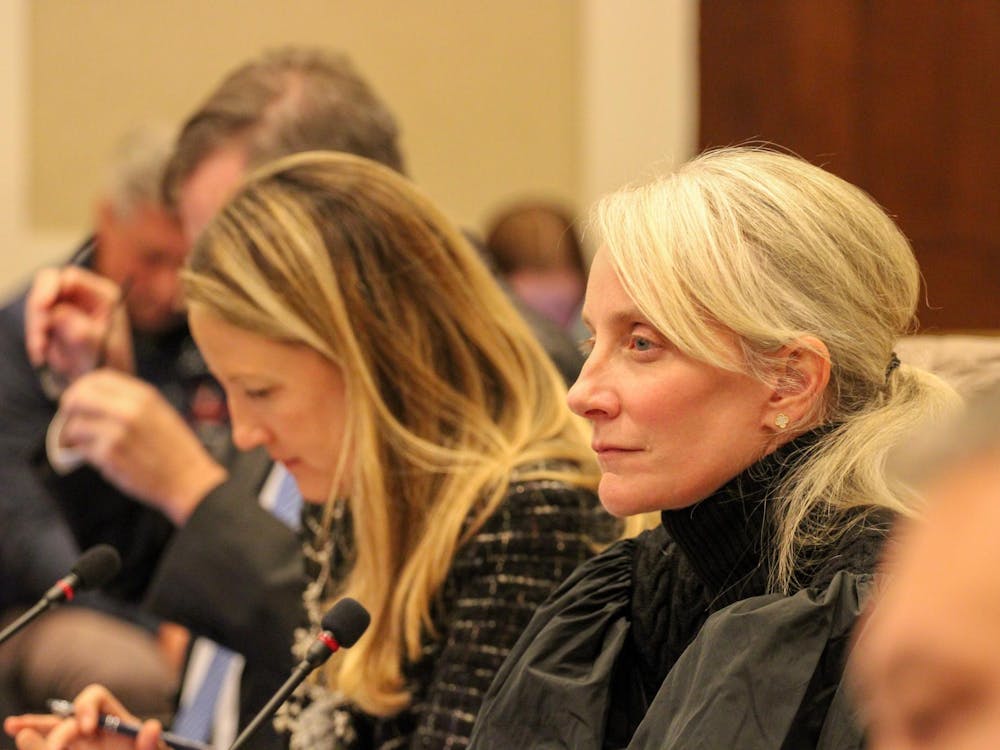The number of colleges across the country that reported decreasing numbers of students applying through early action has nearly quadrupled, jumping from 10 percent in 2003 to 37 percent in 2004, according to the State of College Admission report, released this month by the National Association of College Admissions Counseling.
The reason fewer students are using the early action processes offered by a number of colleges is unclear, said Jessica Lautz, Research Assistant with NACAC and co-author of the report.
Additional research will have to be conducted about these results, including more detailed questions pertaining to early action on this year's survey, Lautz said.
"I'd be suspicious of that statistic, because there is a growing interest in early action," Dean of Admissions John Blackburn said.
Blackburn speculated the wording of the report's questions about early action could have been vague or misinterpreted.
Early action is an option many universities across the nation offer to prospective students, which allows them to submit an application and receive the school's response much earlier than with regular admission.
"Nationwide there has been a movement away from early decision to early action," Blackburn said.
Early action is different from early decision in that it is non-binding, a benefit that has encouraged more early-action applicants to apply to colleges without having any strong desire to go to them, according to Blackburn.
"People are applying earlier just to get an answer earlier," he said. "It gives the benefit to the students, but it makes planning [for the universities] much more difficult."
The NACAC report also states that more colleges have reported decreases in the number of prospective students applying through early decision recently, from 37 percent in 2003 to 45 percent in 2004.
The University, which only offers early and regular decision, has not experienced any major changes to the number of prospective students applying early decision -- about 2,400 -- in the last eight to 10 years, Blackburn said.
The NACAC report was compiled from the results of The Admission Trends Survey, sent to all 1,540 of the NACAC member colleges -- including the University -- and the Counseling Trends Survey questionnaires, which were completed by 1,057 high schools, both members of the NACAC and non-member public schools.






